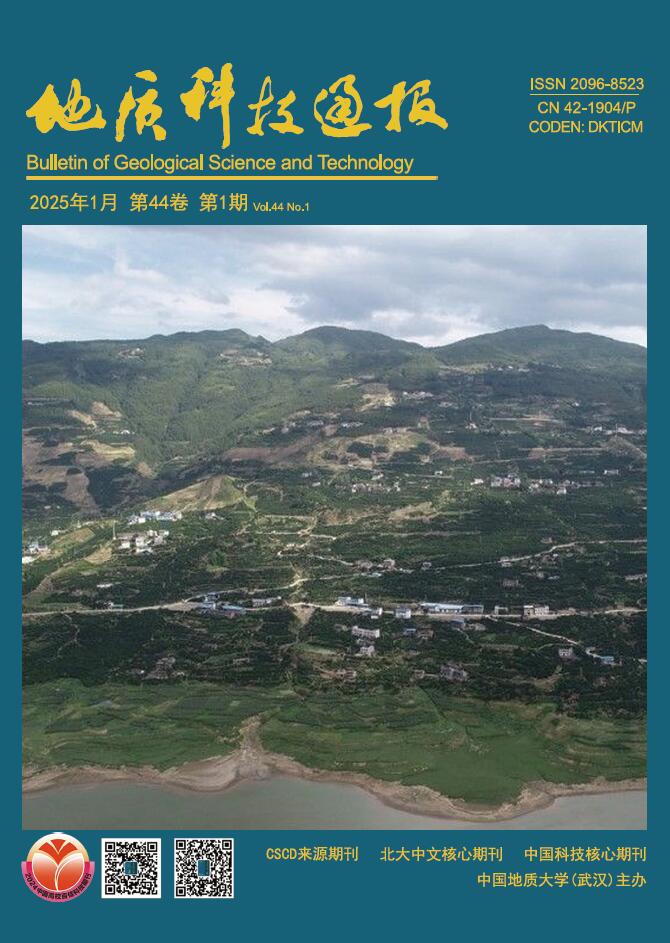2015 Vol. 34, No. 6
2015, 34(6): 8-16.
Abstract:
2015, 34(6): 17-25.
Abstract:
2015, 34(6): 40-46.
Abstract:
2015, 34(6): 58-64.
Abstract:
2015, 34(6): 65-69.
Abstract:
2015, 34(6): 70-78.
Abstract:
2015, 34(6): 79-85.
Abstract:
2015, 34(6): 86-91.
Abstract:
2015, 34(6): 100-107.
Abstract:
2015, 34(6): 108-115.
Abstract:
2015, 34(6): 116-124.
Abstract:
2015, 34(6): 125-130.
Abstract:
2015, 34(6): 131-135.
Abstract:
2015, 34(6): 136-141.
Abstract:
2015, 34(6): 142-146.
Abstract:
2015, 34(6): 147-154,158.
Abstract:
2015, 34(6): 155-158.
Abstract:
2015, 34(6): 159-168.
Abstract:
2015, 34(6): 169-175.
Abstract:
2015, 34(6): 176-181.
Abstract:
2015, 34(6): 182-185.
Abstract:
2015, 34(6): 186-192.
Abstract:
2015, 34(6): 193-199.
Abstract:
2015, 34(6): 200-206.
Abstract:
2015, 34(6): 207-213.
Abstract:
2015, 34(6): 214-220.
Abstract:
2015, 34(6): 221-225.
Abstract:
2015, 34(6): 226-229.
Abstract:
2015, 34(6): 230-234.
Abstract:







